The Unrealised Potential of Customer Insights in MedTech
Learn more about how customer insights can be leveraged in the MedTech industry to identify market opportunities and improve customer experience.

Watch our webinar, hosted in collaboration with MedTech Dive, for an engaging discussion about how customer feedback can enhance brand positioning, customer service, product development, and marketing strategies.
Key discussion topics:
MedTech's evolving customer insights and their professional relevance.
Effective communication channels and real-life MedTech cases for customer engagement.
Pitfalls in traditional methods for actionable insights.
Changing customer expectations' impact on brand insights, with industry leader examples.
Innovative customer experience measurement and post-feedback actions.




I think there is a lot to gain from the B2C world that can be implemented in the B2B as well. The whole customer experience field is usually subconsciously attached to the consumers and the B2B world is playing more of a catch up in the area. The whole concept of measuring experience of your accounts, and especially closing the loop have proven quite effective in improving this connection. SMSs could be a way to strengthen and leverage on that relationship, this is an easy touchpoint to utilize for any HCP after a transaction or interaction with the sales rep for instance when gathering and acting on the insights is timely sensitive.
A million-dollar question indeed, and one very much worth discussing! Here are a few critical elements of this:
• First and foremost – be able to prove return on investment. Nothing stronger than actually bringing a business case to the table, isn’t it.
• Make sure that customer feedback reaches far and wide within the organization. Organizing presentations to share the findings, building knowledge hubs, sending newsletters, sharing printed materials, giving people access to survey results via CX management platforms and tools – all of these are elements of spreading the CX word. The goal is to make customer feedback part of people’s daily lives at the company.
• To generate specific actions it’s very much worth organizing a cross-team session to discuss the implications of the findings and building an action plan for putting them to practice is a critical first step in the process. Sharing the insights and more importantly, helping our colleagues translate them into their own business reality has proven invaluable in sparking action.
• A third element in this mix is having top-management’s support, which is often a function of proving the value of CX initiatives vs other things the company can invest in. Being able to pinpoint the financial impact of CX programs, as difficult as it is, is vital in sustaining the company’s efforts in them.
A very popular topic nowadays, isn’t it? My short answer would be that through full-scape customer experience program whether its platform or not-based you can get a hold of all of your customers. Its important to digest the gathered insights and try to slice and dice them into different target audiences, personas so that you can accurately adjust your approach afterwards. Some companies even flag vulnerable customers with variety of definitions of being vulnerable, so that they can make sure they account for and monitor level of inclusion for more diverse audiences.
Not within mine, as some organizations are mature enough to understand the value of listening to the voice of the customers. They are customer driven and often base their decisions on what the market needs. My suggestion for companies that are still struggling with that level of organizational acceptance is to work more on POCs to prove actual ROI for those initiatives. Whether its retention or brand image or more tangible aspects such as increased revenue streams prom promoters, saved detractors, limiting complaints or other relevant for your organization metric.
In our experience, these should be covered in customer experience programs as these roles are often the primary users of the product or the service, and although they might not be the ultimate budget-holders, their opinions matter in the decision-making process. Furthermore, it is often these people who can share the most insights about improving the actual day-to-day customer experience, as they have first-hand experience with the product. In practice, you might, for example, calculate account-level NPS results, reflecting the feedback from both decisionmakers and influencers; a more complex version of this is to do the same approach but assign different weights to decision-makers and influencers, say 60/40 or 70/30. In this way you will get a somewhat more accurate account-level view but the weights themselves can be a bit tricky to come up with and this complicates the process.

Learn more about how customer insights can be leveraged in the MedTech industry to identify market opportunities and improve customer experience.

The success of a lab depends on its employees and their satisfaction with their work environment. Improving lab professionals’ experiences can lead to better patient outcomes and overall success for the organization.
Join our newsletter
By subscribing you agree with our Privacy Policy
Privacy Policy
Terms of Service
Cookies Settings
Copyright NPS® is a registered trademark, and Net Promoter Score℠ and Net Promoter System℠ are service marks, of Bain & Company, Inc., Satmetrix Systems, Inc. and Fred Reichheld.
Web development by MySuper.Site